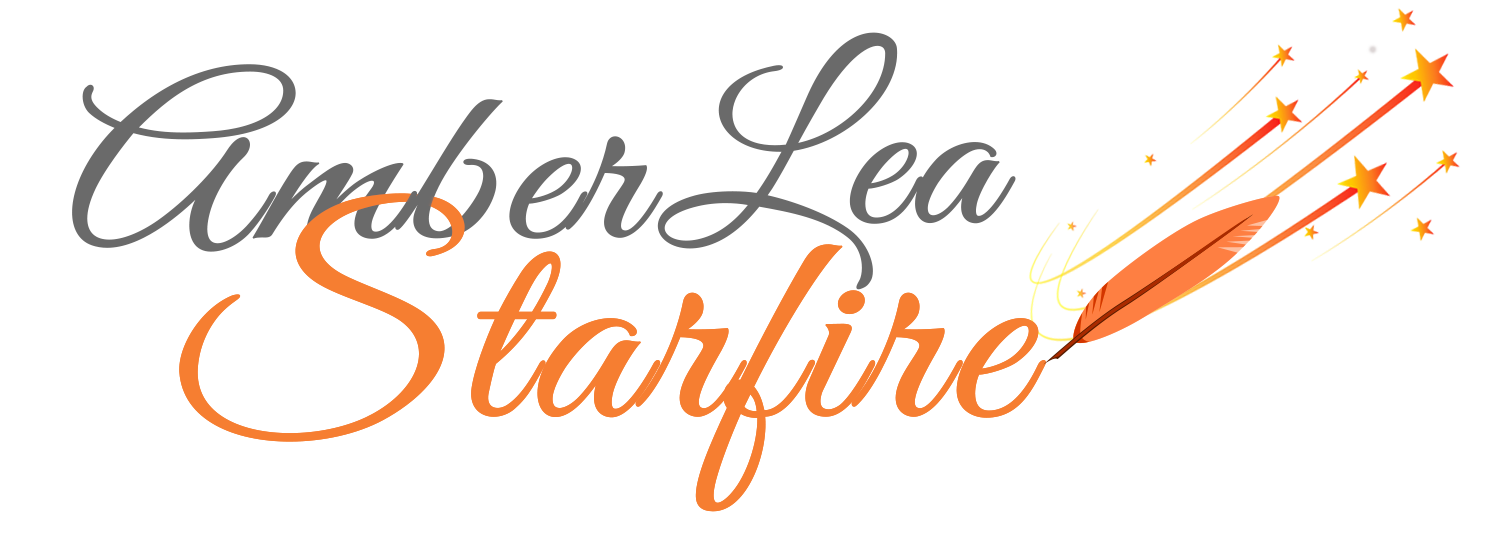If you have stories you’d like others to read — whether family or a broader audience — why not use your journal as a place to polish your storytelling skills? After all, when you’re journaling about your life you are, in fact, recording stories.
 I remember once watching a skilled storyteller at work. I sat high in the bleachers above the outdoor stage, mesmerized as she used different vocal inflections and voices for each character, grand gestures, and exaggerated facial expressions to engage the audience and weave her tale. She filled the stage with her body and voice. And though we don’t have the same visual techniques as the storyteller on that stage, we can create those same images in the minds of our readers. We can, in fact, fill the stage with our writing voice, engaging the imagination of our readers so that characters, places, and events seem real.
I remember once watching a skilled storyteller at work. I sat high in the bleachers above the outdoor stage, mesmerized as she used different vocal inflections and voices for each character, grand gestures, and exaggerated facial expressions to engage the audience and weave her tale. She filled the stage with her body and voice. And though we don’t have the same visual techniques as the storyteller on that stage, we can create those same images in the minds of our readers. We can, in fact, fill the stage with our writing voice, engaging the imagination of our readers so that characters, places, and events seem real.
You might be asking, “How do I do this?” Here are the steps I use, and you are welcome to use, modify or expand them:
- Sketch the story. This means writing what happened in chronological order (this happened, then that happened, and so on). The purpose of this first step is to get the basics onto the page, but don’t stop here, as you might do when journaling.
– - Freewrite about the scene, as if it were set on a stage. Describe the surroundings and the atmosphere. For example: “Night had fallen, the full moon’s light glinted off the water, and a quiet hush descended, broken only by an occasional call of an owl.” You’re journaling, so don’t worry about whether you’re writing “good prose” or not. Simply remember as much concrete, sensory detail as you can and get it onto the page in whatever form it comes to you: lists, fragments, doodles, or full sentences are all fine.
– - Bring on the characters. Who was there? Describe their physical appearances and personalities. Include yourself. How might someone else have seen you?
– - Slow down the action by going into more detail with “what happened.” Include dialogue: remember the conversations as best you can and write them down. Who did what? Where was the tension? Were you having an argument? Were you afraid? Who wanted what? Did something good or bad happen? How did it come about? Was there a turning point?
– - Resolution. How does the story resolve and tensions ease? Is there a moral? What did you learn? In what ways did the event change you?
– - Write your story. Think about how you might tell this story to a group of people. Using the various elements you’ve explored, write your story in an order that makes sense to you.
– - Re-Write your story. Wait a day or two and then read your story in the comfort of your favorite reading chair, pretending you are your intended audience, making notes as you go. Then revise and re-write.
– - Repeat Step 7 at least one more time.
Memoirs are essentially collections of stories from our lives organized around a theme or themes. Storytelling techniques can help you create dramatic scenes that invite and engage your readers. Why not use your journal as a place to experiment and play as you boost your writing skills?
I invite you to try out journaling as storytelling practice—and to leave a comment below.
_______________________________________







Amber, what really excellent advice! Two years ago I began to gather various short stories -all non-fiction, that I wrote during the last ten years. Some were published as stand-alone pieces while others lingered in file drawer folders. But in the midst of gathering them, it became obvious that what i really had was almost all the contents for a memoir i seem to be telling in short story format.
A few “blank spots” needing filling and somewhat unwittingly, I did exactly as you suggested in your post. Flipping through my journal pages, plus stacks of notes scribbled on odd bits of papers or backs of placemats, I found memories I’d entirely forgotten that I had written.
Now I’m in the process of transforming these journal entries into short stories that i’ll then transform into my missing needed chapters.
And since my primary professional focus tends to be research methods, I might suggest only one additional step to the process of refining journal entries into stories: validating information we carry in our memories really does contribute to our stories’ verisimilitude so, as a result, it also contributes to our credibility as writers! That’s the same message I deliver in my research methodology workshop.
Thank you for your incredibly valuable and excellent post, Amber!
( Just printed your out your steps and posted it on my bulletin board.)
Marlene, thank you for your thoughtful comment and reminder of the importance of research to verify the facts, as much as possible.
On the subjective side of research, I was thrilled recently to find that my memories of an event that happened in early childhood, which I had just written about, were nearly identical to those of my older brother. So talking with others who were there can help.
On the objective side, I remembered quite clearly (and adamantly) that I was 12 years old when a traumatic event occurred in my life. The event was associated in my memory with a particular movie, so I decided to research the movie. Imagine my surprise to find out that the movie was released the year I turned 17! So much for “clear” memories.
I like to conduct my research between steps 6 and 7. I get my story onto the page as fully as possible, then research the facts. Of course, research can come anywhere in the process, but I found that I didn’t want my memory influenced or changed by the facts (this happens) until after I’d written down my remembered version of the story. Discrepancies between memory and fact can reveal a lot about who we were at the time of an event and lead to some illuminating reflection.
Thanks again!
Pingback: Use your Journal for Storytelling Practice — Writing Through Life | personal storytelling | Scoop.it
Pingback: Use your Journal for Storytelling Practice — Writing Through Life | The Impact of Storytelling | Scoop.it
Helpful, Amber. I am a visual thinker and learner so I like the reference of filling a stage with characters. I am finding that I use my journal for my creative writing projects, poetry and short stories, more than I use it for a diary. I notice when I do use my journal like a diary it is not a waste, however, it seems to be my springboard into a writing project.
Barbara,
Our journals are there for us in all our forms of writing: springboard, practice, exploration, writing projects, and even doodling. Thanks for sharing the many ways in which you use yours. 🙂
– Amber
Good, clear, straight-forward advice. Thanks for sharing it.
Lynn
http://www.writeradvice.com
Author of You Want Me to Do WHAT? Journaling for Caregivers
I like the steps you suggest for telling the story and will use them for my next journal entry. Thank you.
Please come back and let us know what you think after trying them.
Amber,
These steps to story telling in our journal can truly make a memory come alive. I like the initial relaxed approach with getting down the details without worrying about how good the prose is. That’s when the subconscious mind can really take over and perhaps help you to go deeper. Then paying attention to the details, really getting down what happened, almost in real time. And writing is always about rewriting. This exercise shows the beneficial, practical and even inspiring side of journaling your stories. Journaling is a great place to get it all down on the page. Who knows where that could lead.
I have chosen your post, Use Your Journal for Storytelling Practice, for the #JournalChat Pick of the Day on 10/12/12 for all things journaling on Twitter;
I will post a link on Twitter, Facebook, LinkedIn, my blog and website Refresh with Dawn Herring, and in Refresh Journal, my weekly e-journal: http://tinyurl.com/8fhdvt4.
#JournalChat Live is every Thursday, 5 EST/2 PST, for all things journaling on Twitter; our topic this past week was Your Journaling: Living Your Dream.
Thanks again for this very helpful step-by-step of journaling your stories.
Be refreshed,
Dawn Herring
Host of #JournalChat Live and Links Edition on Twitter
Author of The Birthday Wall: Create a Collage to Celebrate Your Child
Dawn, thanks once again for the honor of being selected for the #journalchat pick of the day. I agree: journaling is a wonderful way to begin the writing process, precisely because it allows us to tap into the subconscious mind. Have a great weekend!
Pingback: Use your Journal for Storytelling Practice | Writing Through Life | How to find and tell your story | Scoop.it
Pingback: Use your Journal for Storytelling Practice | Writing Through Life | Serious Play | Scoop.it